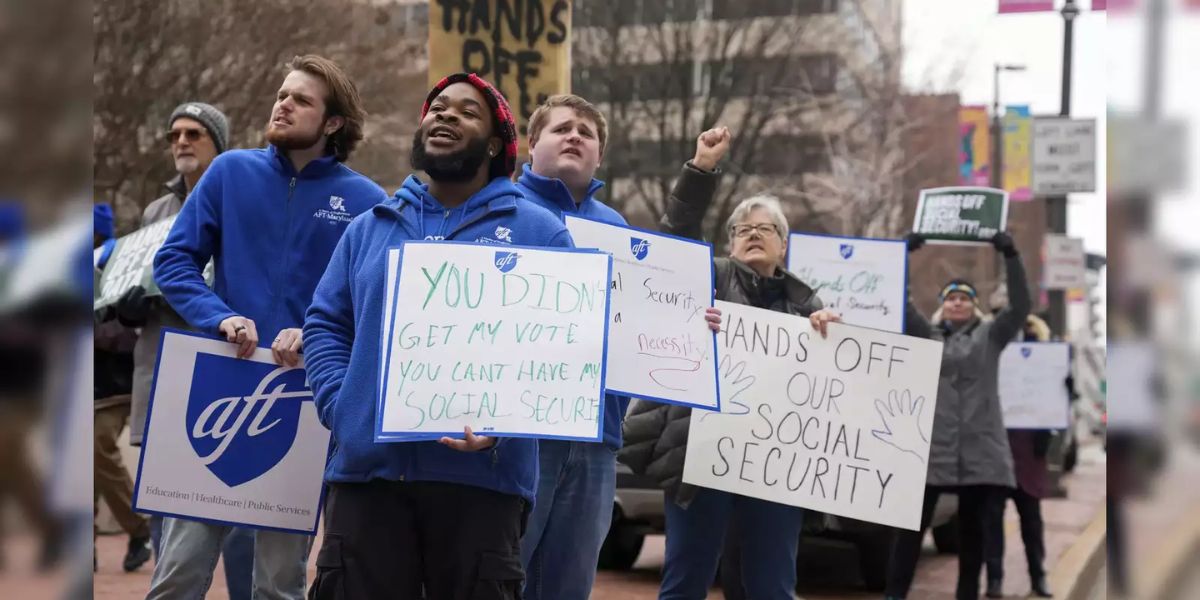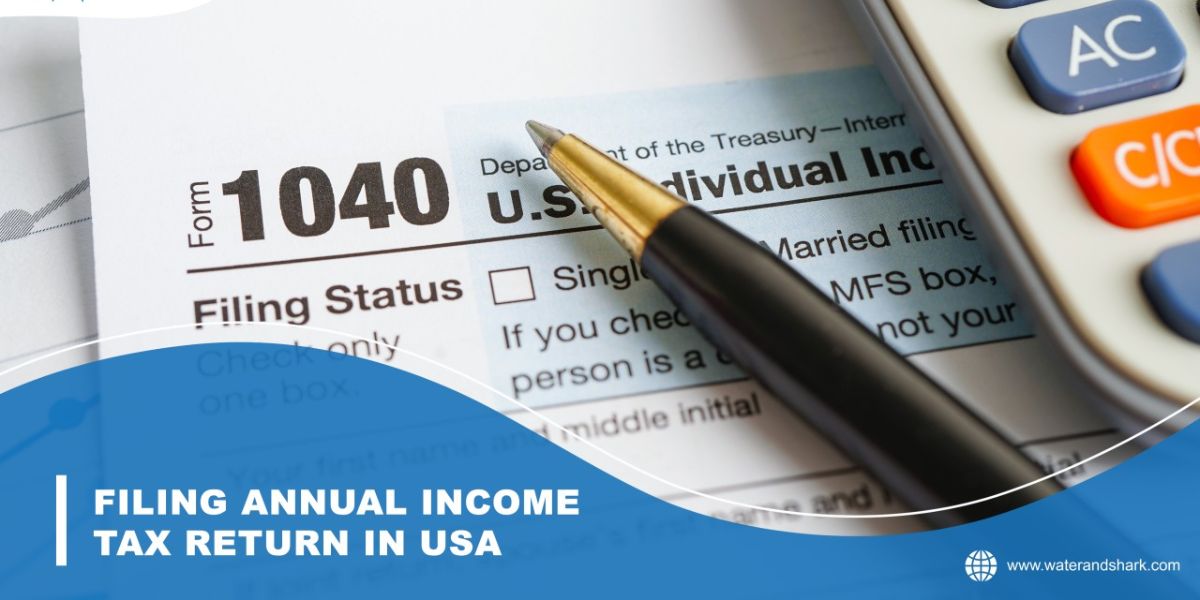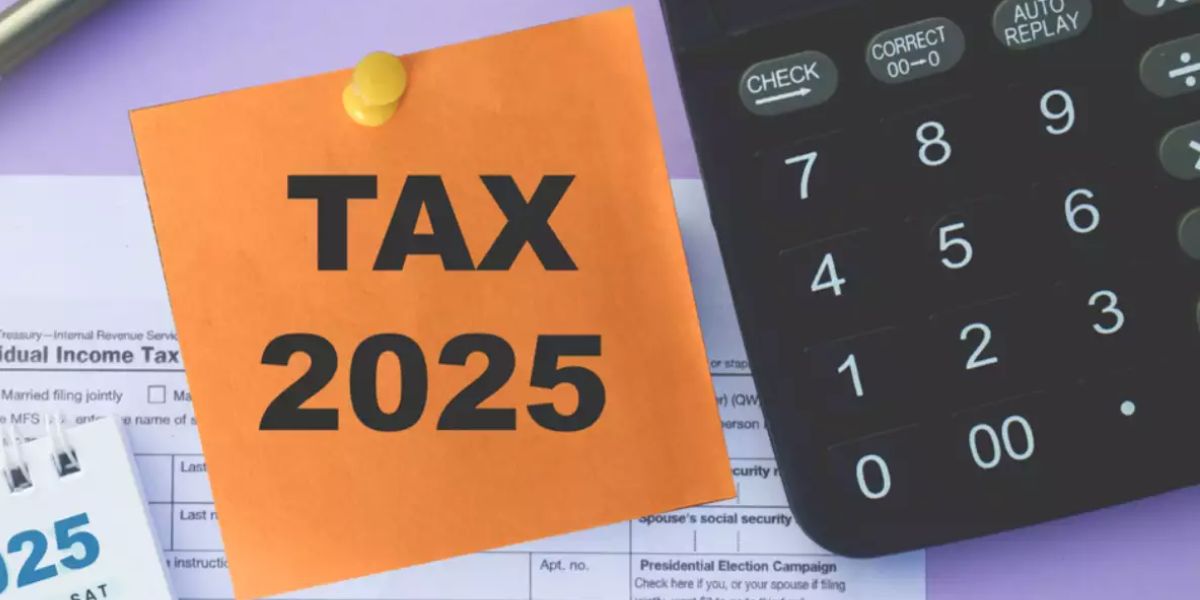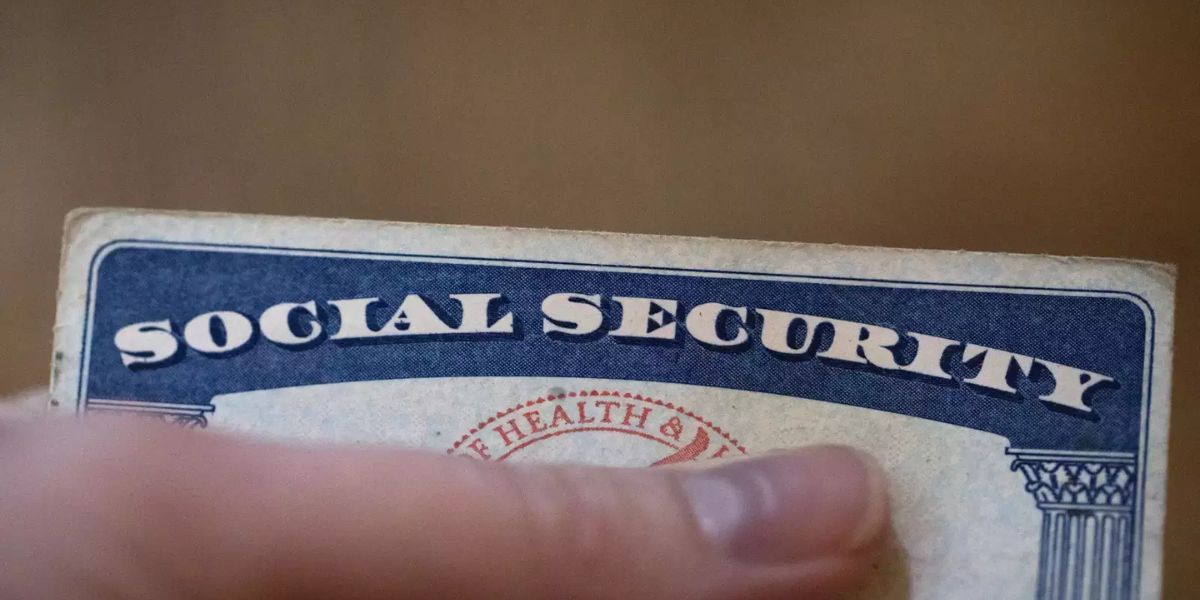Existing for the better part of 89 years already, the Social Security Administration (SSA) administers social insurance programs to legal residents and citizens of the United States. This Social Security program encompasses survivor, disability, and retirement benefits.
With its headquarters situated in Woodlawn, Maryland, various field offices cater to those individuals who prefer more face-to-face client service. The online services give preference to more relevant digital forms of service delivery.
The benefits that the SSA provides
The SSA is a multi-faceted organisation. The purpose behind it is to provide some assistance with the basic financial needs of individuals and families. They work to help families stay together and help children have a chance to grow up in a secure and healthy environment. The hope is to protect the retired and disabled individuals from the consequences of injury or illness.
Various benefit options are available to cater to these needs. Each of these benefits caters to a specific target group with what they provide, as well as the eligibility criteria. Some of these include the following:
- Disability payments
- Applicable to the blind and the disabled.
- The beneficiary should have a suitable work history.
- Family payments
- These apply to spouses, children, ex-spouses, or certain grandchildren.
- It is for family members who have someone who is entitled to retirement or disability payments.
- Retirement payments
- Applicable to individuals 62 years and older.
- Payments are based on lifetime earnings.
- Supplemental Security Income (SSI)
- Applicable to the blind, disabled, and those 65 years and older
- The beneficiary should have little or no income and resources
- Survivor payments
- Also applicable to spouses, dependent parents, children, and ex-spouses.
- And only if the individual had someone who worked and paid Social Security taxes before dying.
When double payments become applicable
A certain anomaly exists that causes dual Supplemental Security Income (SSI) payments to be received in the same month. The SSA schedules SSI payments to run on the first day of the month. According to Social Security’s policy on two payments in one month, if the payment date falls on a weekend or holiday, payment will be made ahead of schedule. That means that the payment will be on the last day of the preceding month.
The logic behind this move is to ensure that those dependent on the SSI have their funds by the first day of the month. It essentially means that the second payment is not an extra payment, but rather one for the upcoming month. Caution should be used to ensure that this second payment is allocated for the specific month’s expenses it applies to. This will help individuals to not run short.
Payment schedules and payment methods
SSI recipients receive their payments in one of two ways, as selected by the beneficiary. It can either be via a direct bank deposit or added to the individual’s account via the Direct Express cards. Both payments will be made utilizing the same format. According to the Social Security payment schedule, with the payments due on the 1st of each month, double payments can be expected:
- Payments for March 2025 will be issued on 28 February 2025.
- Payments for June 2025 will be issued on 30 May 2025.
- Payments for September 2025 will be issued on 29 August 2025.
- Payments for November 2025 will be issued on 31 October 2025.
- Payments for January 2026 will be issued on 31 December 2025.
The Social Security and SSI payments made monthly provide some measure of economic relief to many individuals across the US. When these anomalies are encountered, they should be treated with relative caution. It is tempting to spend more when you receive some unexpected income, but it can cause distress later. If you consider the schedule above and factor these in your budget and planning, it will prevent further discomfort at a later stage.




